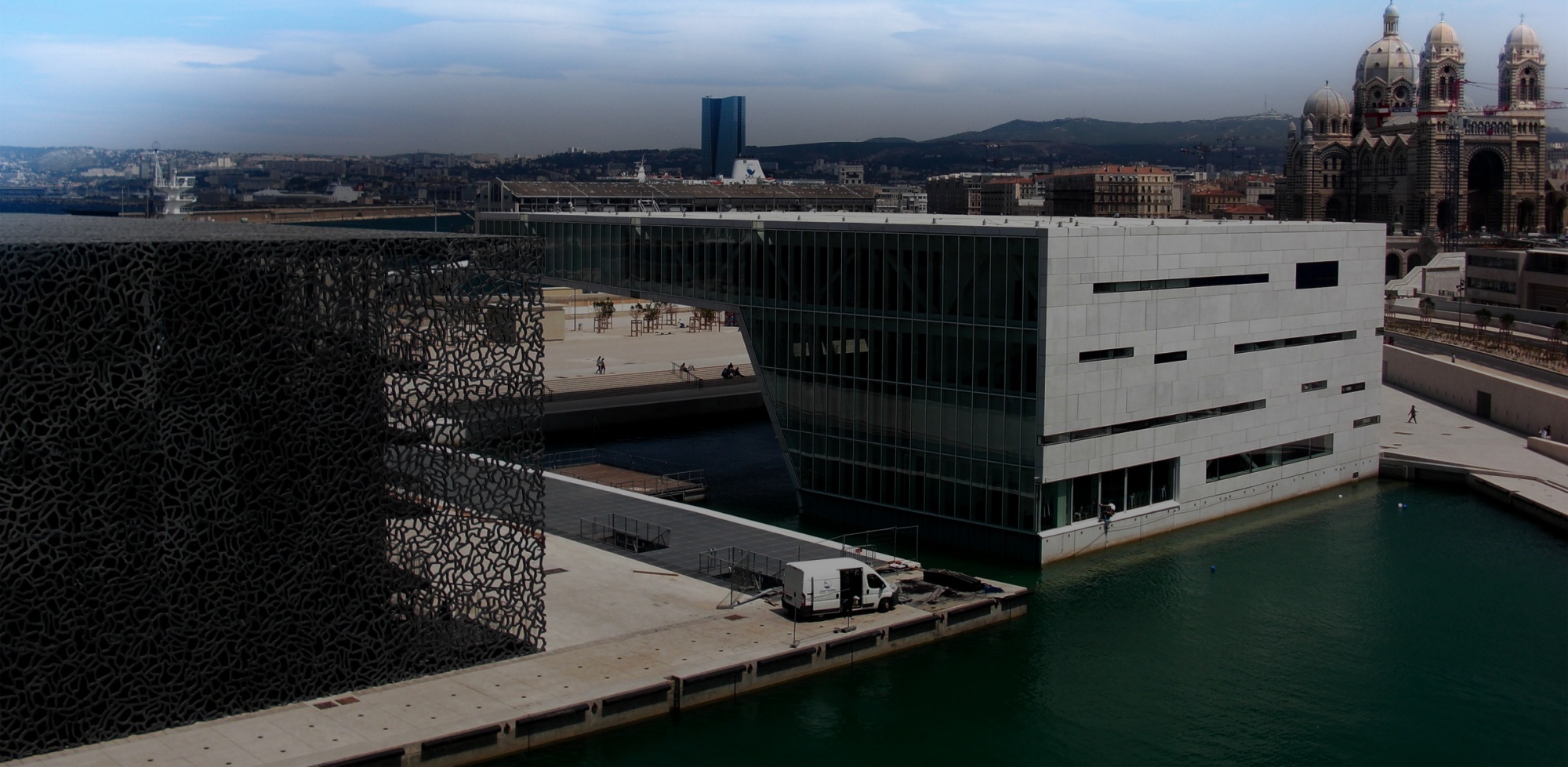31 octobre 2024
- Lattice Boltzmann method based large eddy simulations of wind farm wakes under the influence of atmospheric thermal stability / Ziwen Wang PhD defense
Doctorante : Ziwen Wang
Date : on October 31st, from 9:00 AM to 12:00 PM ; amphi N°3 - Centrale Méditerranée
Abstract : Wind energy experienced fast growth in the past two decades due to its inherent cleanness and low economic cost. Much attention has been devoted to the wind turbine/farm to access the full potential of wind energy. Wind turbines extract energy from airflow, resulting in a high turbulence and low-velocity wake flow. The downstream wind turbines in the wake suffer from high load and reduce power production. Additionally, wind turbine aerodynamics are highly influenced by the characteristics of the atmospheric boundary layer (ABL). Therefore, a thorough study of the interaction between wind farms and ABL is crucial for the design of wind farms and the optimization of wind farm performance.
Numerical simulations offer advantages in quantitative analysis of interactions between wind farms and ABL compared to experimental studies. While conventional high-fidelity simulations provide valuable insight into wind farm aerodynamics, their high computational cost limits their industrial application. As an alternative, the efficient lattice Boltzmann method (LBM) offers a promising solution for balancing computational demands whilst enabling accurate aerodynamic analysis. In this study, LBM was integrated with Large Eddy Simulation (LES) to investigate the wake flow of wind turbines and wind farms. The wind turbines were parameterized using the actuator line model. The ground momentum and the thermal flux within the ABL are represented using the Monin-Obukhov similarity theory. A review of different inflow turbulence generation methods in wind energy was provided. The inflow turbulence was constructed using the synthetic eddy method (SEM) as an alternative to the widely used precursor method.
A comprehensive validation of the numerical model was first carried out, including the integration of the wind turbine actuator line model into the LBM-LES solver, the simulation of individual wind turbine wake flow under the influence of atmosphere stability, and the wind farm simulation under neutral boundary layer (NBL) conditions. The results showed good agreement with reference data. The individual wake flow characteristics, such as velocity deficit shape and wake flow recovery rate, are highly influenced by thermal stability. The wake flow inside a wind farm stabilizes after an initial adjustment in the uniform temperature condition.
Onshore and offshore wind farm wakes under the influence of ABL thermal stability were further studied. For the onshore wind farm, the effects of stable and convective conditions were analyzed in detail. The wake behind the first 2 rows of the wind farm recovers faster in the convective condition due to the high ambient turbulence. However, the velocity and the turbulence intensity of the stabilized wake are higher in the stable condition. This is attributed to the larger velocity gradient and increased shear stress in the stable environment, which enhances the vertical kinetic energy exchange. The thermal stability effect can be differentiated between the indirect and direct effects. Indirectly, thermal stability influences ambient turbulence magnitude and velocity gradient, leading to varying levels of turbulence production and energy exchange. Directly, buoyancy forces primarily impact the wake flow behind the first two rows of turbines. Beyond this point, turbine rotation mixes high and low-temperature flows, rendering the flow relatively neutral deeper inside the wind farm. In addition, the performance of two typical analytical models was analyzed by comparison with the current LES results. The results highlight the importance of considering turbulence intensity in analytical models. Current empirical models for wind turbine-induced turbulence do not adequately represent variations induced by thermal stability.
As for the offshore wind farm, simulations were conducted with constant sea surface roughness. The wake flow stabilizes after the second wind turbine, with a slower wake recovery due to the lower inflow turbulence intensity compared to the onshore wind farm. A comparison was further performed between the results of the analytical models and the LES. The PARK model overpredicts the wake flow velocity behind the first turbine while underpredicting the near wake velocity and overpredicting the far wake velocity from the second turbine onwards. This is attributed to the low wake recovery rate predictions. The NPA model underpredicts wake flow behind the first turbine but performs well in predicting the wake flow at equilibrium, with overprediction in front of each row of turbines due to the model not accounting for the blockage effect.
These findings offer valuable insights into the aerodynamic and thermal dynamics within large wind farms, both onshore and offshore, contributing to the optimization of wind energy production.
Jury
Michel VISONNEAU - Rapporteur Directeur de recherche CNRS
Guillaume BALARAC - Rapporteur Professeur des universités Université de Grenoble
Sylvain GUILLOU - Examinateur Professeur des universités Université de Caen
Mickael GRONDEAU - Examinateur Maître de conférences Université de Caen
Frédéric BLONDEL - Examinateur Ingénieur de recherche IFPEN
Sandrine AUBRUN - Présidente du Jury Professeure Ecole Centrale de Nantes
Pierre SAGAUT - Directeur de thèse Professeur des universités Aix-Marseille Université
Jérôme JACOB - Membre invité Ingénieur de recherche CNRS
